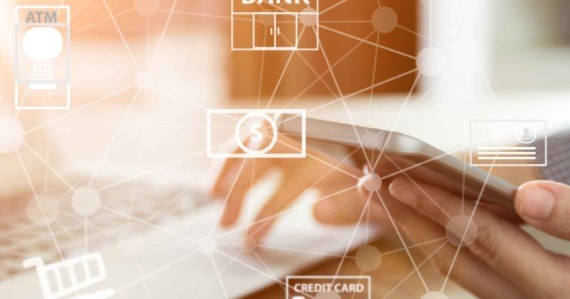Banking is expensive. There are so many fees, both in-person and online, that even the most diligent saver can be taken advantage of when banking. Fortunately, you can cut your bank account expenses significantly with some research and planning. Here are ten ways to save on personal banking:
Research your bank’s fees
The best way to save on personal banking is to research your bank’s fees. Most banks will charge for low balance, overdraft, and other potential account errors. But there are some banks that don’t charge any of these fees. So take time to search online for reviews of different banking institutions and their account offerings before settling on one. And if possible, make sure to go into the branch in person to ask questions about the bank’s policies before opening an account. You never know what perks they might offer if you open an account with them.
Find the right checking account
You’ll need a checking account to hold your money and write checks. This is where you’ll deposit your paycheck, but it’s also where many of your fees will come from.
It’s important to find the right checking account for you. Some accounts have a monthly fee, some give you a certain number of free checks each month, and others offer increased interest rates on your balances. Ask friends or family members what their bank has that they like before going into a branch or clicking through online.
Avoid ATM fees
One of the easiest ways to save money on banking fees is to avoid withdrawal fees at the bank. If you withdraw money from an ATM that’s not affiliated with your bank, you will be charged a fee. However, if you plan ahead and find ATMs near you without any associated fees, all your withdrawals will be free.
Use online bill pay.
One of the easiest ways to save on banking is to use online bill pay. This service allows you to go online and pay your bills with a few clicks. All you have to do is log in, choose the payment method, input the amount, and confirm your purchase.
It doesn’t get much easier than that. You can set up recurring payments or make one-time purchases with this convenient service.
Get a free credit report
A free credit report is one of the easiest ways to save on personal banks. All the major banks offer this service, so you can easily compare rates. This will also let you know if there are any errors on your credit report, which could be costing you money on interest rates and other fees.
Check your credit score
If you want to get a credit card, mortgage, or auto loan, you need a good credit score. It’s important to know your current score and any recent changes in your financial situation that may affect it. If you aren’t sure how your credit score is doing, get one of the free credit monitoring sites like CreditKarma or Credit Sesame to find out.
Switch to paperless statements
Paperless statements are a great way to save on personal banking. You’ll ditch those pesky paper statements and save on your paper and ink costs as well as the cost of labor for processing those statements.
Plus, you’ll never worry about missing a statement in the mail again. Just be sure to track your account activity through your bank’s website or mobile app to be notified of any suspicious activity.
Skip the overdraft protection
If you have overdraft protection, you’re better off not using it. When your account balance is negative, and you try to use an ATM, purchase something with your debit card, or write a check that can’t be paid, the bank will authorize a transfer from your savings account to cover the transaction. This will cost $35 for every time this happens in a given month.
Conclusion
This kind of be expensive, but there are ways to save. Whether you’re looking for the best checking account, trying to avoid ATM fees, or researching your credit score, these tips will help you to save money without sacrificing convenience.


